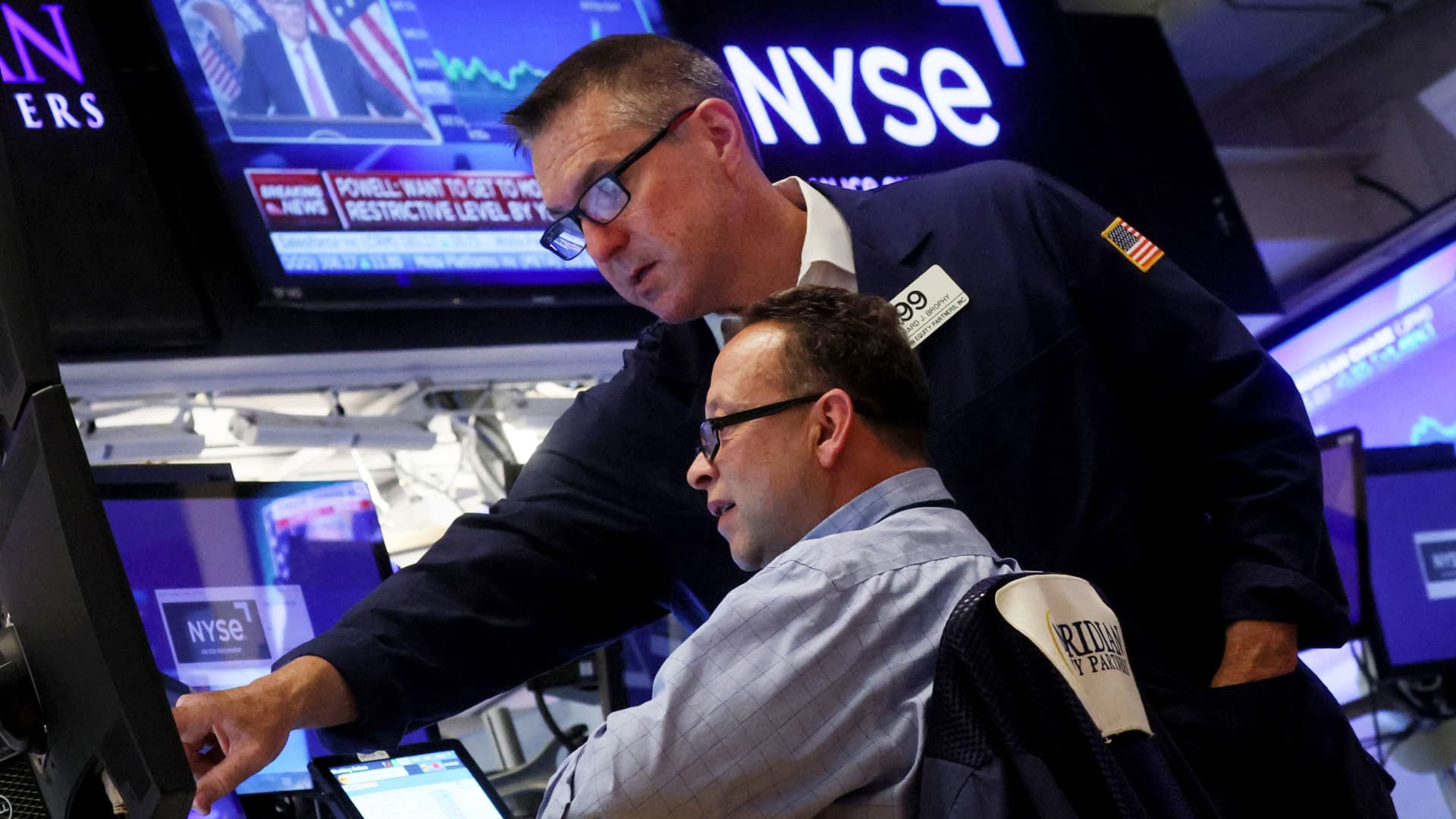
Is the United States in a recession? No one has called one yet, although the latest GDP numbers out last week showed two consecutive negative quarters. The U.S. economy contracted for the second straight quarter from April to June, the Bureau of Economic Analysis reported last week. That met a widely accepted rule of thumb for identifying a recession, although it won’t be known for months if we’re officially in one. That’s because the official arbiter in such matters is the National Bureau of Economic Research, which doesn’t use that recession definition . Rather, it defines one as “a significant decline in economic activity that is spread across the economy and lasts more than a few months.” Some recently released data shows things might be a little more positive than expected. Standard Chartered in a late July report wrote that stronger-than-expected U.S. retail sales, released in mid-July, indicates the robust job market continues to support household consumption. Nevertheless, though markets have rebounded, the bank’s strategists suggested that they were poised for only a “technical rebound” given that investor positioning had turned extremely bearish. “Positioning and sentiment remain bearish, which, as a contrarian signal, could help extend the recovery in risk assets in the near term. The bigger question: Is this rebound sustainable?” the bank’s analysts wrote. Still, the story might not be complete — there’s a wide range of indicators that’s used to measure the health of the economy. Steve Brice, chief investment strategist at Standard Chartered, is watching 14 of them, four of which he says are “flashing red.” These are the 14 recession indicators that Standard Chartered’s Brice is watching: 1. Yield curve inversion: U.S. 10-year versus 2-year government bond yield curve [flashing red] 2. Yield curve inversion: U.S. 30-year versus 3-month yield curve 3. U.S. bear market, defined as more than 20% drop from a recent high 4. Conference board U.S. leading indicator: It tracks 10 components, including manufacturing, unemployment insurance claims and credit index. 5. Fed fund rate: Target fed fund/fund neutral rate ratio. The latter signals a level that is considered neither supportive nor restrictive for growth. 6. Labor data: Jobless claims 7. Labor data: 1-year change in unemployment rate 8. Labor data: U.S. temporary help services payrolls 9. Consumer spending: University of Michigan consumer confidence index [flashing red] 10. Consumer spending: Conference board consumer confidence [flashing red] 11. Consumer spending: Real personal consumption expenditure 12. Business sentiment: ISM manufacturing index 13. Business sentiment: ISM new orders/inventories ratio [flashing red] 14. Corporate credit spreads Data accurate as at July 28. — CNBC’s Jeff Cox contributed to this report.
